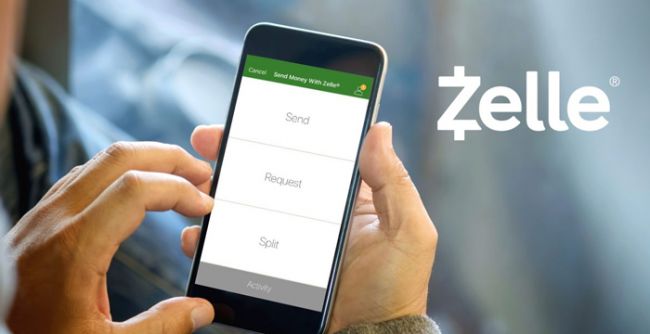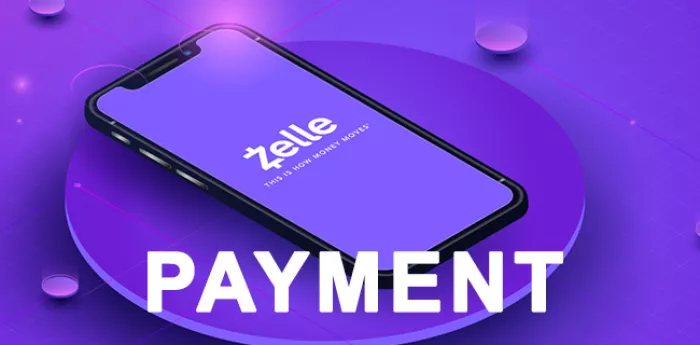Reviews
4 min read
How Much Can You Send with Zelle? A Guide to Transfer Limits?


Zelle has quickly become a popular way to send money between friends, family, and even businesses. The ease of use, combined with instant transfers between participating banks, makes it an appealing option. However, one question many users ask is, "How much can I send with Zelle?" Understanding the transfer limits is crucial, especially when making larger payments. In this guide, you'll break down the factors that determine the max Zelle transfer and how to navigate those limits efficiently.
Before diving into transfer limits, it's important to understand how Zelle works. Zelle is a digital payment network that allows users to send and receive money instantly between U.S. bank accounts. It’s integrated directly into the mobile banking apps of many major banks, meaning you don’t need a separate app to use Zelle if your bank supports it. If your bank doesn’t participate, you can still use Zelle by downloading the app and linking your debit card.
Zelle is known for its speed—most transfers happen within minutes—but the amount you can send or receive is limited based on the policies of your bank or credit union.

The max Zelle transfer varies depending on the bank or credit union you're using. Unlike some other payment services, Zelle doesn’t set universal limits for transactions. Instead, individual banks have the power to determine how much money you can send or receive through Zelle.
At SoFi, there are usually no limits to how much money you can receive with Zelle.
Here’s a general breakdown of how the limits typically work:
Since there’s no universal max Zelle transfer, it’s important to check directly with your bank to understand the specific limits they set. Here are a few ways to find out your Zelle limits:
Zelle offers a fast, convenient way to transfer money, but it’s important to know the max Zelle transfer limits set by your bank. These limits can vary widely based on your financial institution and account type, so it’s crucial to check with your bank for specific details. By understanding how much you can send with Zelle, you can make sure your payments go through smoothly and avoid any surprises.
Be the first to post comment!